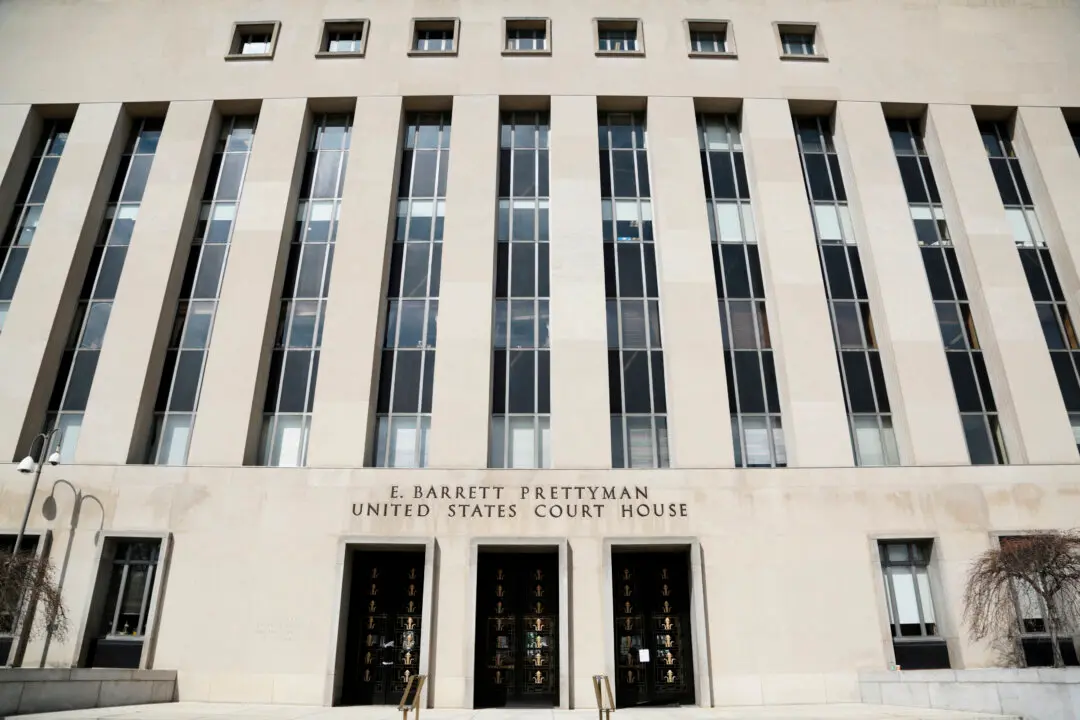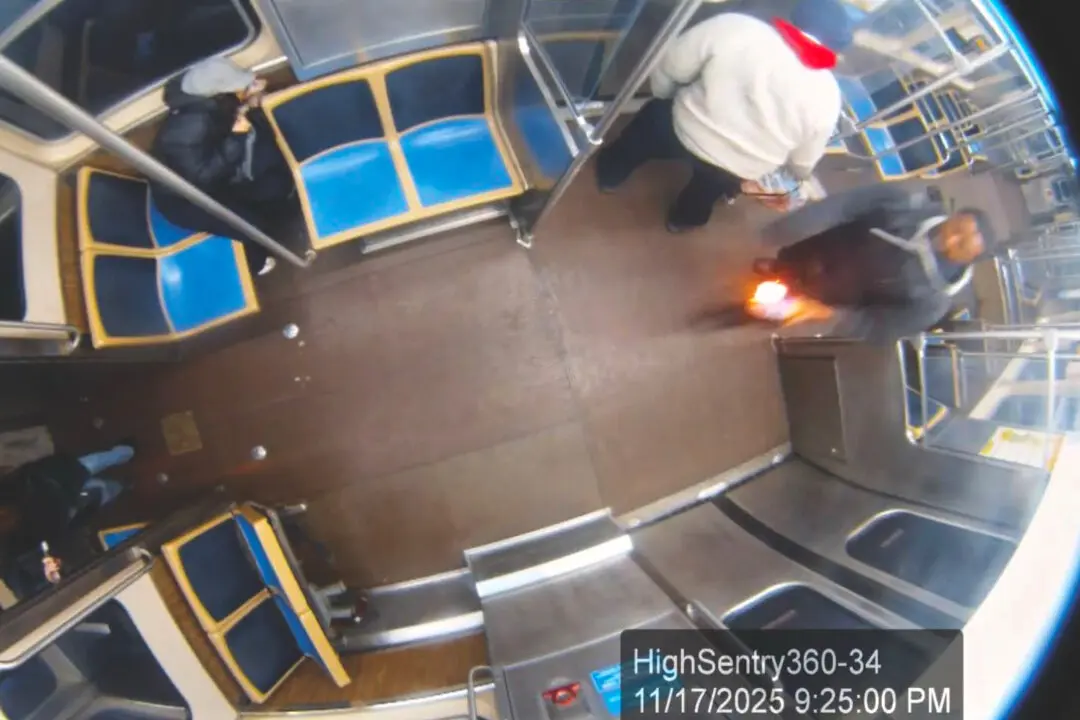Alaskan crabbers and their communities are facing another difficult year after regulators announced that the East Bering Sea will be closed for the 2022 season to snow crab fishing.
“The Bering Sea snow crab fishery is closed for the first time ever,” Jamie Goen, executive director of Alaska Bering Sea Crabbers, said in a statement. “Second and third generation crab-fishing families will go out of business due to the lack of meaningful protections by decision-makers to help crab stocks recover.”





